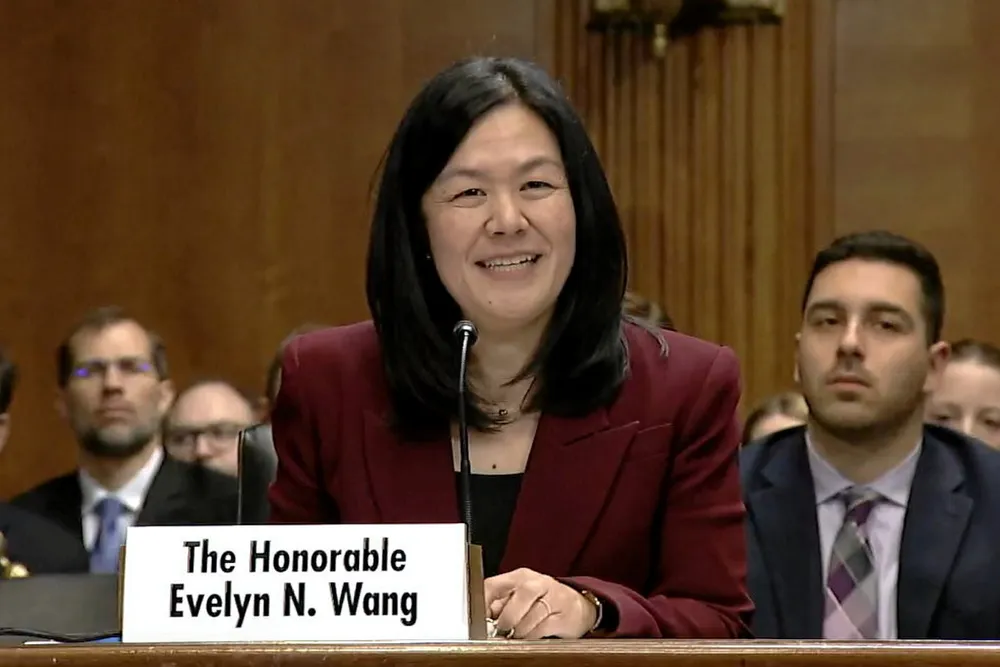Natural hydrogen could 'fundamentally change how we use energy', US government official tells Senate committee
But it is not yet known if there are large enough underground accumulations to enable commercial exploitation, say expert witnesses

But it is not yet known if there are large enough underground accumulations to enable commercial exploitation, say expert witnesses
